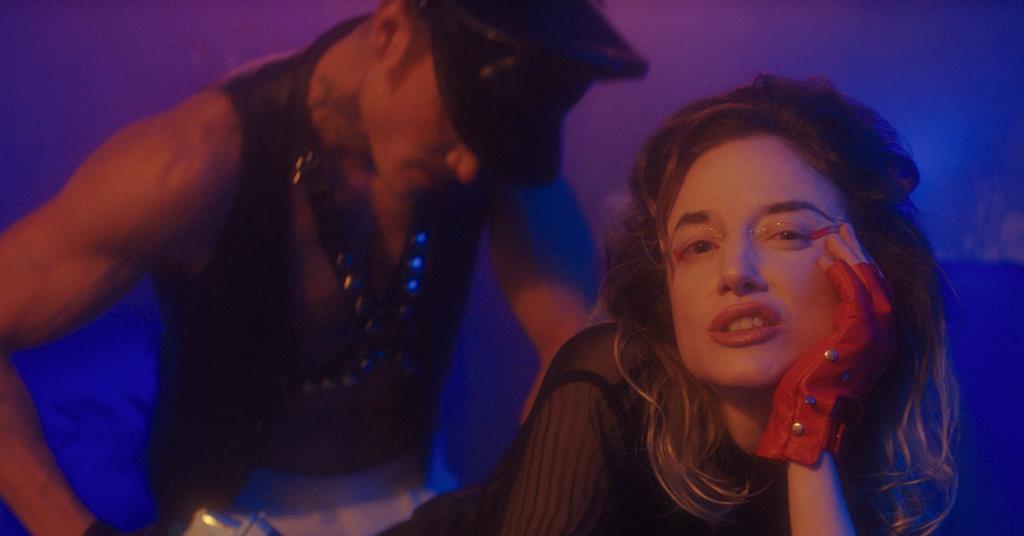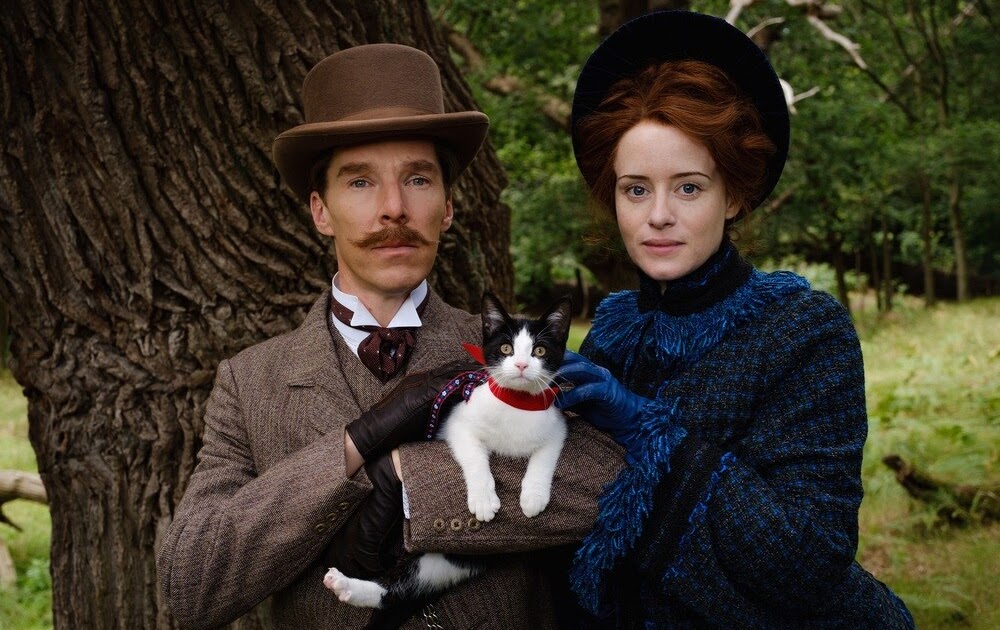It’s our favorite time of year! This is when we take the Way Back Machine (or this year, the Not-So-Way-Back Machine) to unearth 2023 Oscar nominees’ bad horror movie past.
Some nominees have made exceptional horror films. We’re looking at you, Brendan Gleeson (28 Days Later), Bill Nighy (Shaun of the Dead), Austin Butler (The Dead Don’t Die), Andrea Riseborough (Possessor, Mandy), and let’s not forget the queen, Jamie Lee Curtis (Halloween, duh).
Of course, JLC has also made enough bad horror for her own entire Skeletons podcast. But today, we’re focused on other people. Why? Because these guys made some bad, bad choices.
5) Knock Knock (2015), Ana de Armas
In 2015, Eli Roth remade Peter S. Traynor’s 1977 cult horror Death Game for the uber generation. Ana de Armas and Roth’s then-wife Lorenza Izzo play two wayward strangers, drenched and looking for a party but their uber driver dropped them off at the wrong place. Won’t Keanu Reeves let them in for just a minute to use his laptop and figure things out? Their phones got all wet!
And he does. Where Trynor’s film was a belated entry into the “what’s with these damn hippie kids” horror, Roth only barely taps into the paranoia and tension around generational differences in the social media era. Instead, he digs into midlife crisis and male weakness as Keanu’s devoted dad Evan caves to the pair’s mocking seduction.
You don’t believe it for a minute. De Armas is fine (in her first English language film), but Roth doesn’t find anything to say and the slight premise feels stretched well beyond its breaking point.
4) The Grudge (2020), Andrea Riseborough
Oh, Andrea Riseborough! Oh, Nicolas Pesce!
One of the most reliable character actors of her generation teams up with Eyes of My Mother filmmaker to revisit the haunted world of Takashi Shimizu’s Ju-On: The Grudge. The result is spectacularly unspectacular.
Riseborough is a detective in what amounts to an anthology film, each short a quick look at a haunting. Pesce, who co-wrote the screenplay, revisits a lot of Shimizu’s threads but breathes no new life into anything. Transitions from one short to the next are choppy, the imagery is never compelling, shocking or fun, and worst of all, that creepy sound design that made all the previous installments memorable is absent.
None of the talented cast members – Riseborough, Demian Bishir, Lin Shaye, Betty Gilpin, John Cho or Jacki Weaver (who seems to be acting in an entirely different film) – elevates the listless material.
3) The Intruders (2015), Austin Butler
It’s an iCarly reunion! Miranda Cosgrove and her sometime co-star Austin Butler co-star in this “your new house is probably haunted or something” thriller.
Cosgrove is Rose, and she has stopped taking her meds, so her dad (Donal Logue) doesn’t believe her wild stories about the house being haunted. And maybe it isn’t. Maybe it’s that creepy yet dreamy handyman (Butler).
What it is not is good. Plot holes could swallow you whole, contrivance and convenience are the primary narrative devices, but Butler’s as cute as can be and his little smirk fits both the character and the film itself.
2) I, Frankenstein (2014), Bill Nighy
Good lord, who greenlit this mess? Aaron Eckhart is Frankenstein’s monster, unintentionally drawn into the ongoing war between demons and gargoyles because no one cares. On planet earth. Nothing could be less interesting.
Oh, wait. The CGI is less interesting. Everything looks like the pre-play opening to a 1990s video game. And the gargoyle queen gives the monster a name: Adam. Why? Because co-writer/director Stuart Beattie thinks so little of viewers that he assumes no one will realize Adam is his name. It’s in the book. He thinks we are illiterate morons.
He’s hoping so, anyway, because even the great Bill Nighy cannot do anything to help this turd.
1) Critters 4 (1992), Angela Bassett
So, what’s worse than I, Frankenstein? Worse, sure, but also far more charming, Critters 4 sends those Gremlin/Ghoulie ripoff fur balls to space with Angela Bassett, Brad Dourif and a terrible script.
Cheaply made and far too slight on carnage, the film still benefits from Bassett’s undeniable badassedness. Her lines are garbage, and yet you believe her. (Same with Dourif.) And it’s the kind of stupid that can, if you’re in the right frame of mind, almost be fun. What Bassett is doing in it is too puzzling to consider, but she got her Ripley moment and that’s all that counts.












